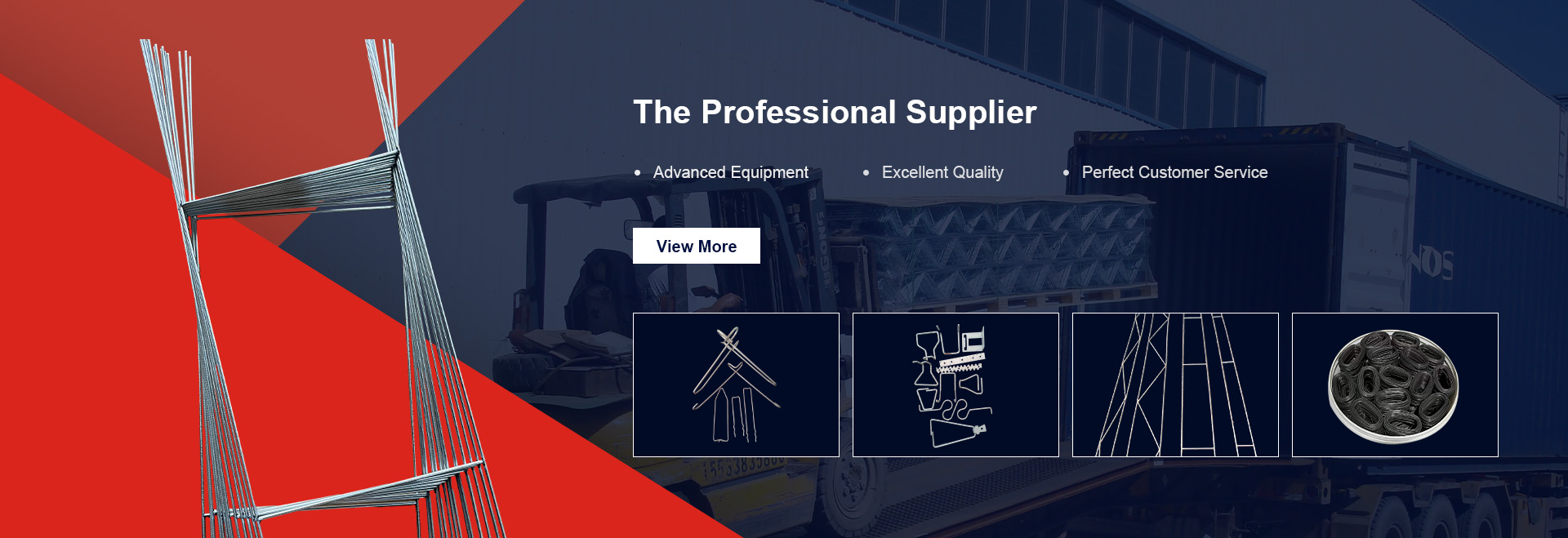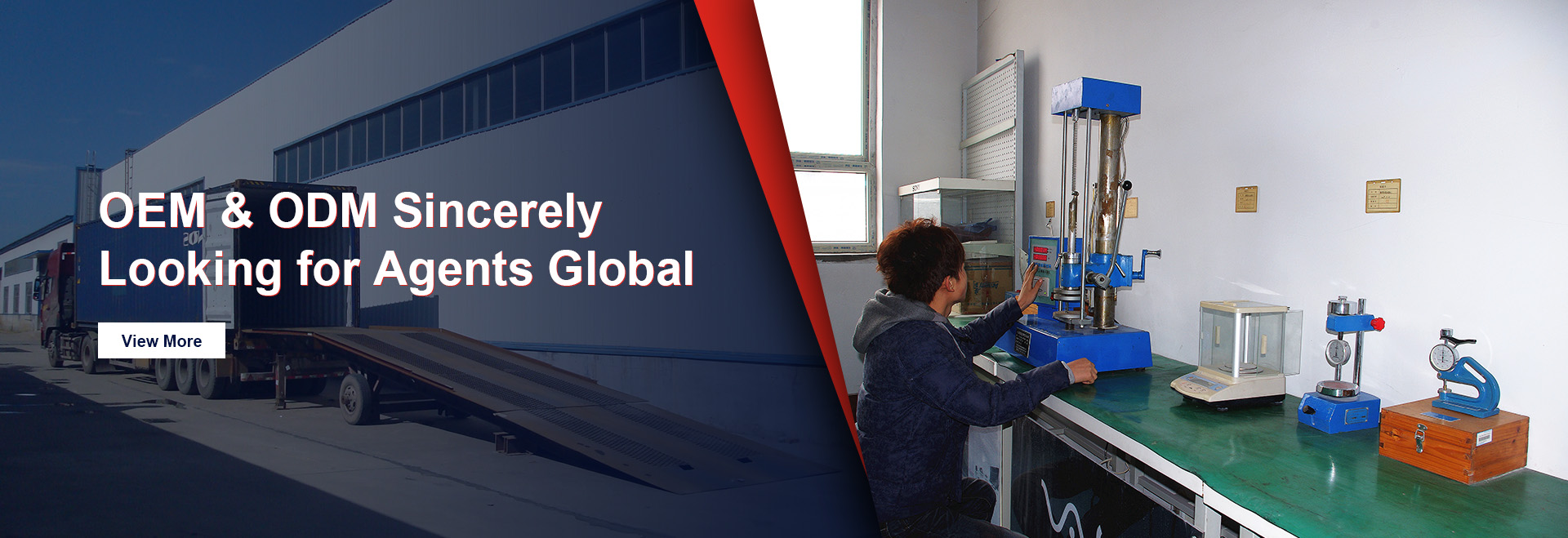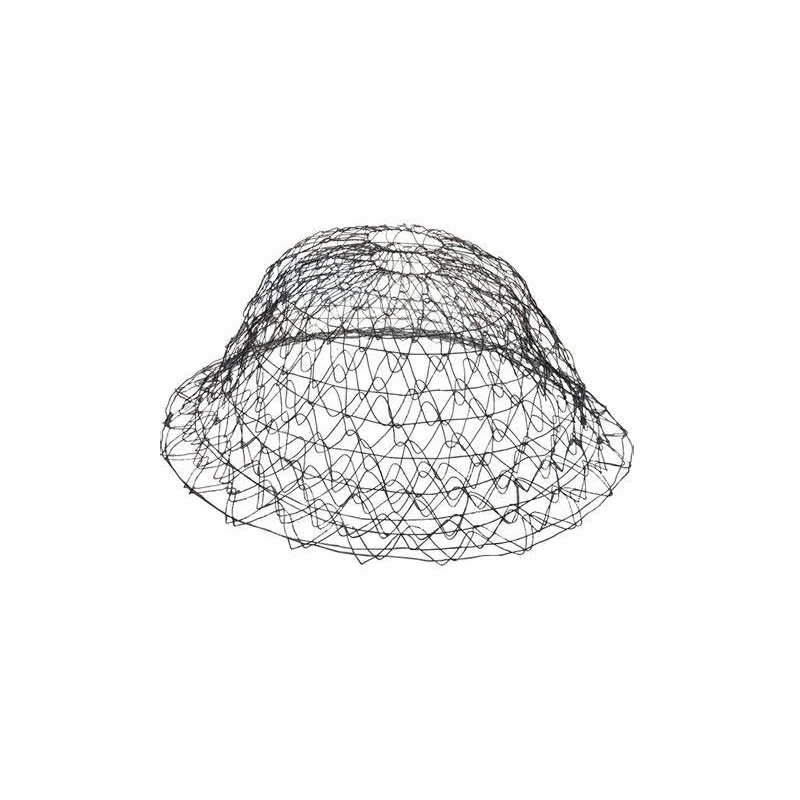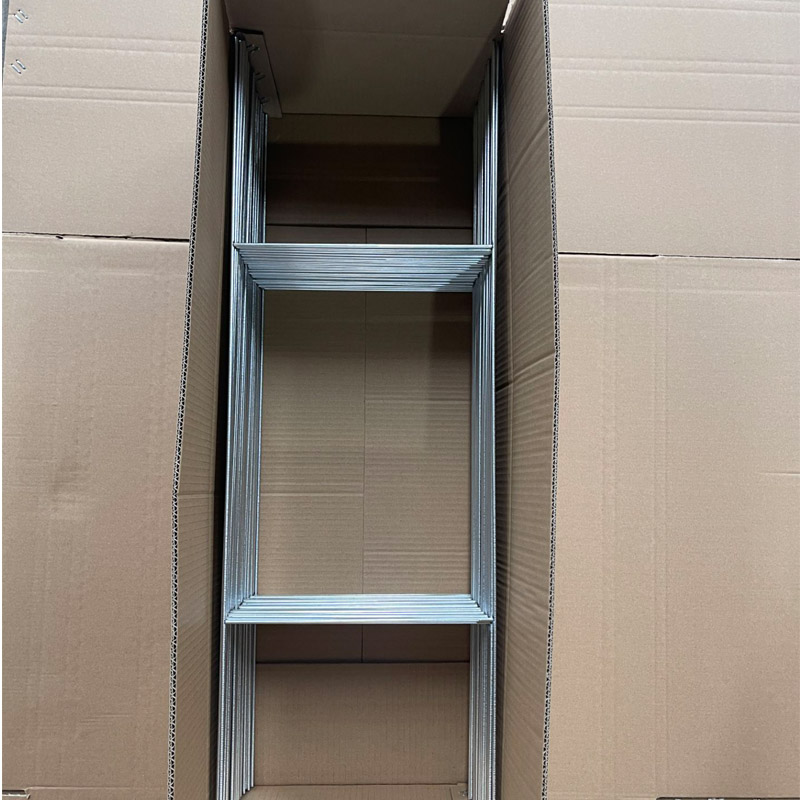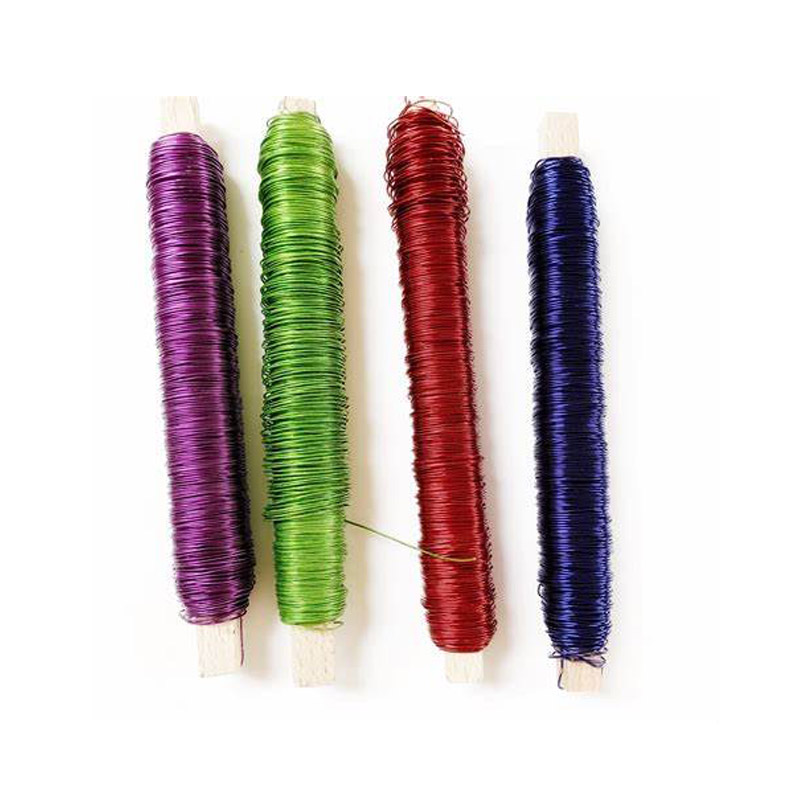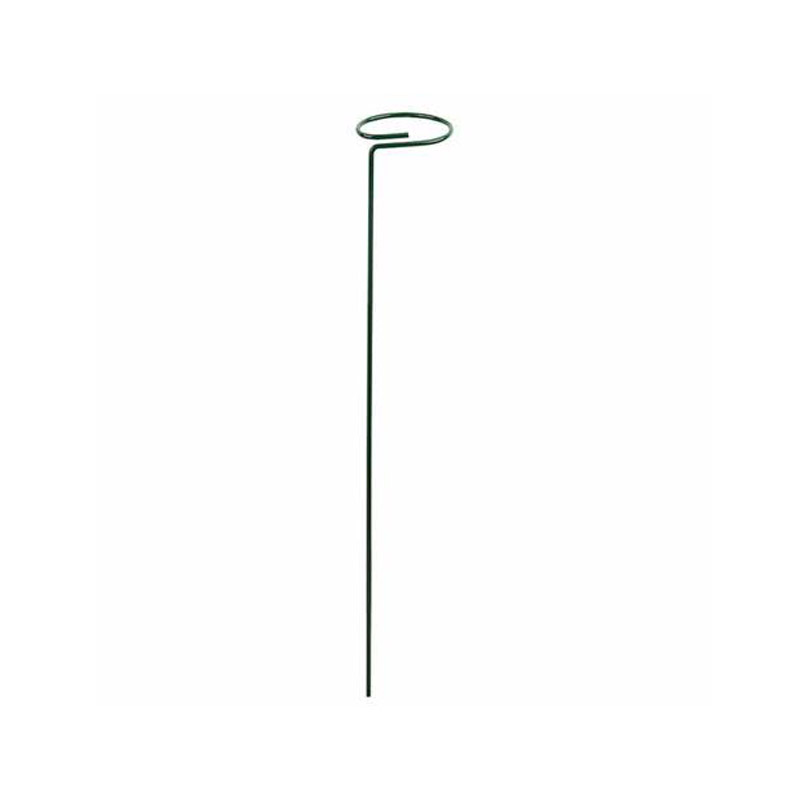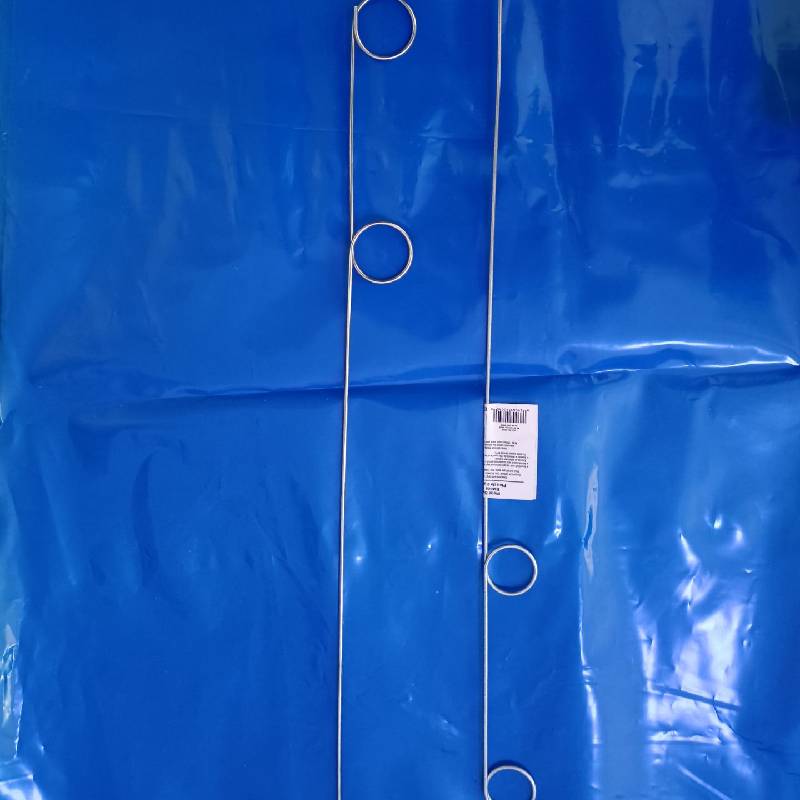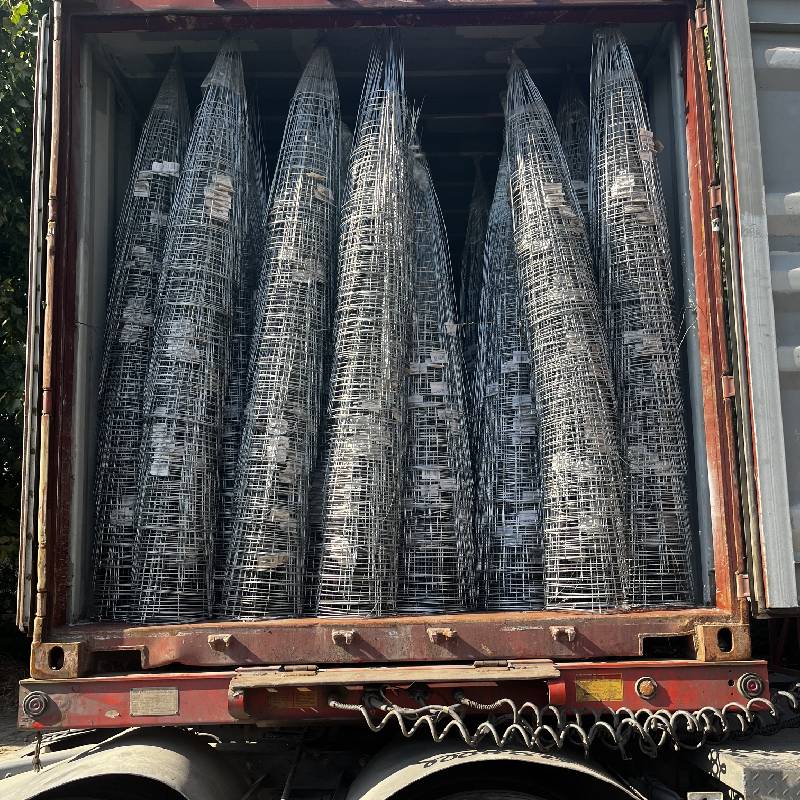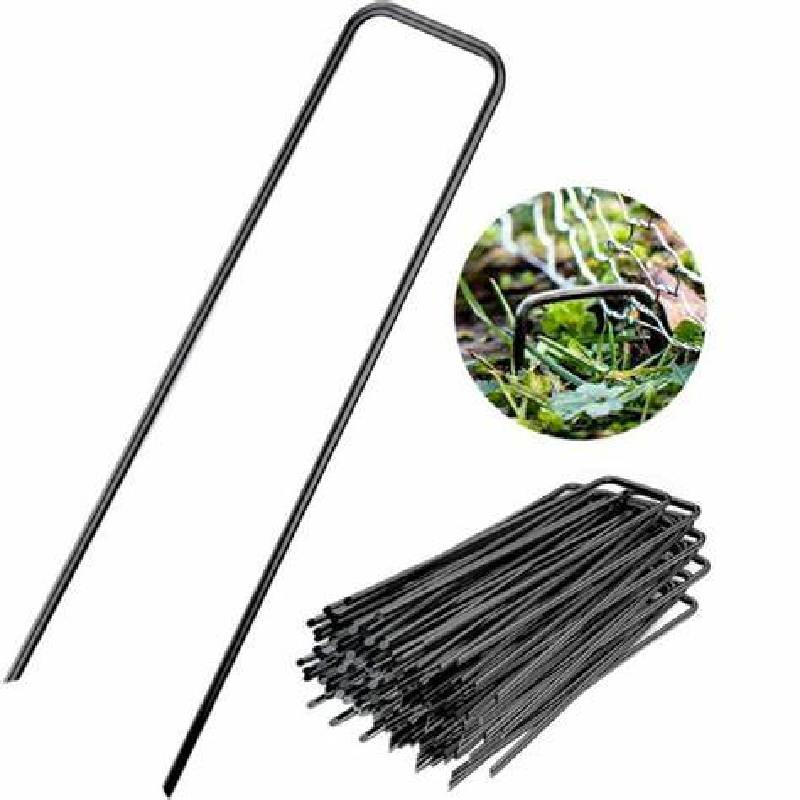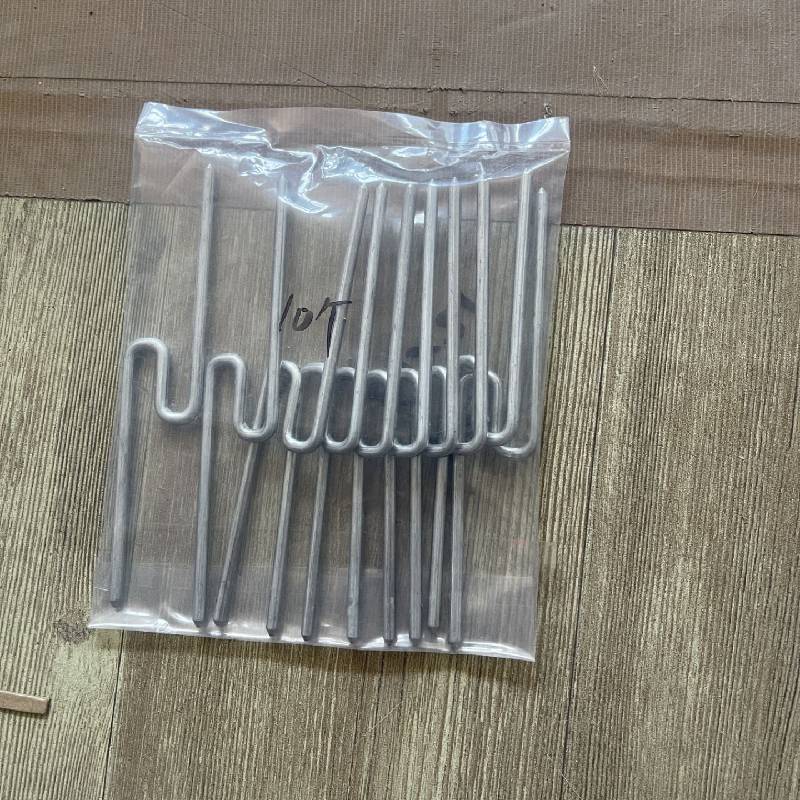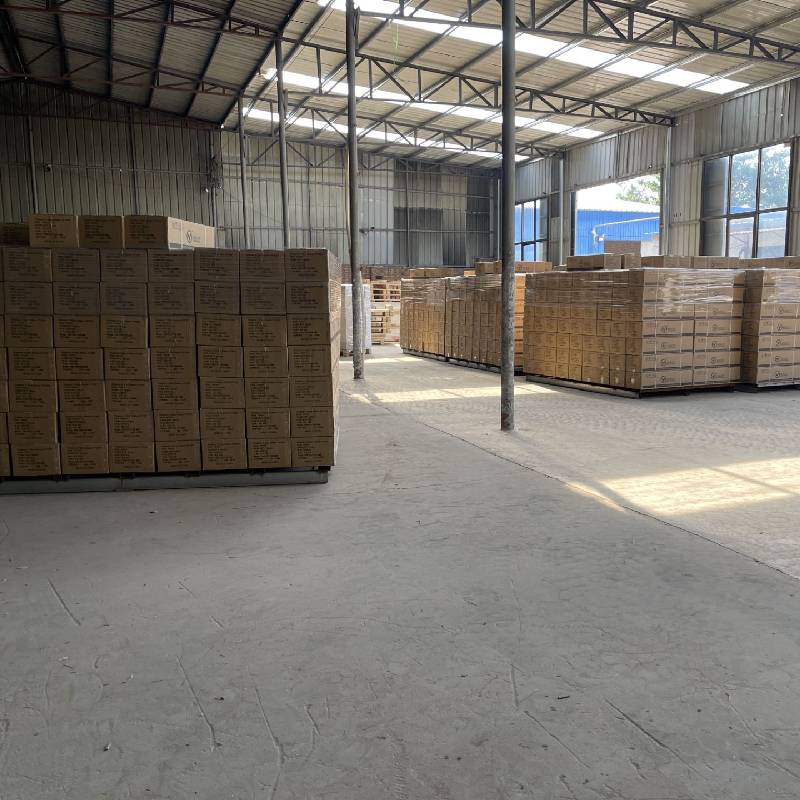Schild Pfahl Pflanzenunterstützung
How To Use A Tomato Cage Effectively ?
Gardening enthusiasts know that providing adequate support for plants is crucial for their growth and productivity. One of the most popular methods for supporting plants, particularly tomatoes, is through the use of a tomato cage. However, many gardeners may not be aware of the various ways to enhance the effectiveness of a tomato cage by incorporating sign stake plant support. In this article, we will explore how to use a tomato cage effectively and how sign stakes can further bolster your plant support system.
Understanding Tomato Cages
Tomato cages are typically made of wire or metal and are designed to support tomato plants as they grow. These cages allow the plants to grow upright, preventing them from sprawling on the ground, which can lead to disease and pest issues. When using a tomato cage, it’s essential to choose the right size and type for your specific tomato variety. Indeterminate varieties, which continue to grow and produce fruit throughout the season, often require taller cages, while determinate varieties may do well with shorter options.
To use a tomato cage effectively, follow these steps:Choose the Right Location: Select a sunny spot in your garden where your tomato plants will receive at least six to eight hours of sunlight daily.Prepare the Soil: Ensure the soil is well-draining and rich in nutrients. Adding compost or organic matter can improve soil quality.lant Your Tomatoes: When planting your tomato seedlings, place them deep in the soil, burying a portion of the stem. This encourages strong root development.Insert the Cage: As soon as you plant your tomatoes, gently place the tomato cage around the plant. This prevents damage to the roots and allows the plant to grow into the cage as it matures.Secure the Cage: If your cage is lightweight or unstable, consider using sign stakes for additional support. These stakes can be driven into the ground around the cage to provide extra stability, especially in windy conditions.
Enhancing Support with Sign Stakes
Sign stakes are typically used for displaying signs in gardens, but they can also serve as an excellent support system for tomato cages. Here’s how to incorporate sign stakes into your gardening routine:Select the Right Stakes: Choose sturdy sign stakes that are tall enough to reach above the tomato cage. Metal stakes are often more durable than plastic ones.Position the Stakes: After placing the tomato cage around your plants, insert the sign stakes into the ground at the corners of the cage. Ensure they are deep enough to provide stability.Secure the Cage to the Stakes: Use garden twine or soft ties to attach the tomato cage to the sign stakes. This will prevent the cage from tipping over or collapsing under the weight of the growing tomatoes.Monitor Growth: As your tomato plants grow, regularly check the support system. Adjust the ties or add more stakes if necessary to accommodate the plant's growth.
Using a tomato cage is an effective way to support your tomato plants, but incorporating sign stake plant support can enhance stability and ensure your plants thrive. By following the steps outlined above, you can create a robust support system that allows your tomatoes to grow upright, receive adequate sunlight, and produce a bountiful harvest. With a little planning and the right materials, your garden can flourish, and you can enjoy the fruits of your labor all season long. Happy gardening!
What Is The Best Wire For Wire Bending?
Wire bending is a crucial process in various industries, from manufacturing to art. The ability to manipulate wire into specific shapes and forms allows for the creation of a wide range of products, including furniture, sculptures, and industrial components. However, the effectiveness of wire bending largely depends on the type of wire used. In this article, we will explore the best wire options for wire bending and highlight some popular wire bending products available in the market.When it comes to wire bending, the choice of wire is paramount. The ideal wire should possess certain characteristics such as flexibility, strength, and durability. Here are some of the best wire types for wire bending:
Mild Steel Wire: Mild steel is one of the most commonly used materials for wire bending. It is known for its excellent malleability, which allows it to be bent into various shapes without breaking. Mild steel wire is also relatively inexpensive, making it a popular choice for both industrial applications and DIY projects. It is available in various gauges, allowing for versatility in design.
Stainless Steel Wire: For applications that require corrosion resistance, stainless steel wire is an excellent option. It is durable and can withstand harsh environmental conditions, making it suitable for outdoor use. Stainless steel wire is often used in the production of wire bending products such as garden trellises, decorative fences, and kitchen utensils.
Aluminum Wire: Aluminum wire is lightweight and easy to work with, making it a favorite among artists and hobbyists. Its malleability allows for intricate designs, and it can be easily shaped by hand or with tools. Aluminum wire is often used in crafting, jewelry making, and creating sculptures.
Copper Wire: Copper wire is known for its excellent conductivity and is often used in electrical applications. However, it is also a popular choice for wire bending due to its aesthetic appeal and ease of manipulation. Copper wire can be easily shaped into decorative items, jewelry, and art pieces. Its natural patina adds character to finished products.
Galvanized Wire: For projects that require additional protection against rust and corrosion, galvanized wire is a great option. This type of wire is coated with a layer of zinc, which enhances its durability. Galvanized wire is commonly used in outdoor applications, such as fencing and trellises, where exposure to the elements is a concern.
When selecting wire for bending, it is essential to consider the specific requirements of your project. Factors such as the desired shape, strength, and environmental conditions will influence your choice of wire. Additionally, the tools and techniques used for bending will also play a role in achieving the desired results.In terms of wire bending products, there are numerous tools and equipment available to assist in the bending process. Wire bending jigs, pliers, and bending machines can help achieve precise angles and shapes. Many manufacturers offer specialized wire bending products designed for specific applications, ensuring that both professionals and hobbyists can find the right tools for their needs.
The best wire for wire bending depends on the specific requirements of your project. Mild steel, stainless steel, aluminum, copper, and galvanized wire each offer unique benefits that cater to different applications. By understanding the properties of these materials and utilizing the right wire bending products, you can create high-quality, durable, and aesthetically pleasing wire designs. Whether you are a professional fabricator or a DIY enthusiast, selecting the right wire is the first step toward successful wire bending.






















